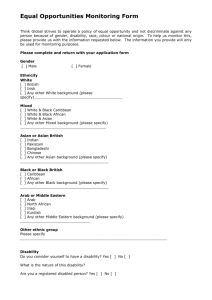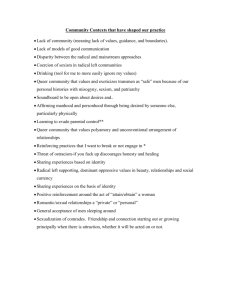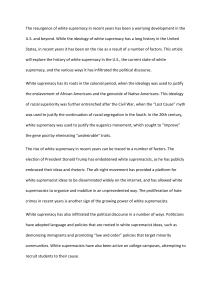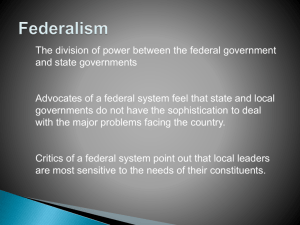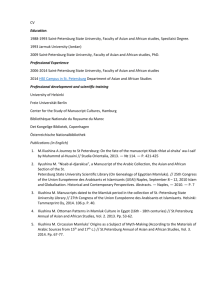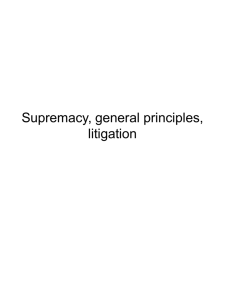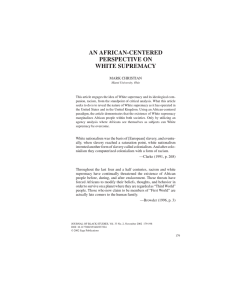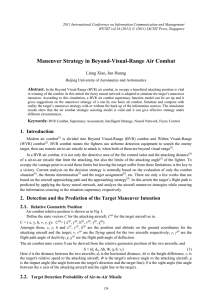Yellow Power - Asian 310: Contemporary Issues in Asian America
advertisement
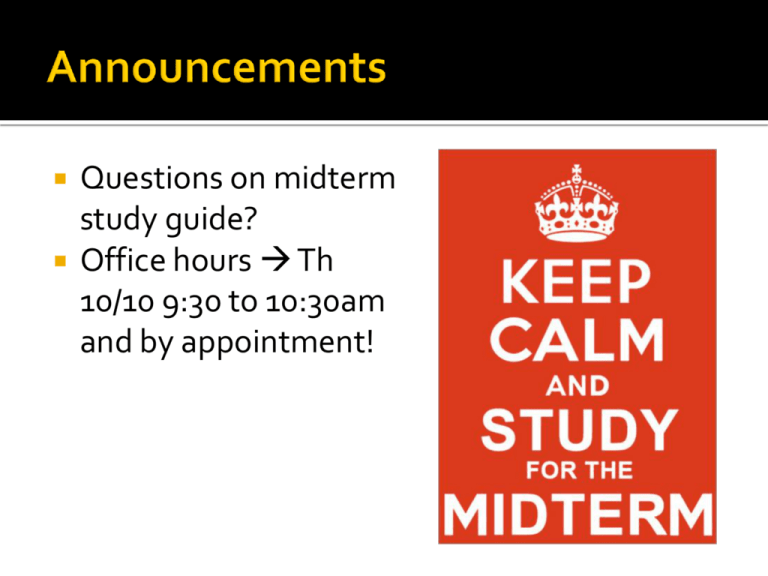
Questions on midterm study guide? Office hours Th 10/10 9:30 to 10:30am and by appointment! Conflict, Complicity, & Coalition Economic cycle of boom & bust blamed on radical movements of 1960s; lower profits blamed on: Increased protections & wages for workers Too much democracy for Americans versus decrease in corporate power “The ensuing corporate campaign was a ‘one-sided class war’: plant closures in U.S. industries and transfer of production overseas, massive layoffs in remaining industries, shifts of capital investment from one region of the country to other regions and other parts of the globe, and demands by corporations for concessions in wages and benefits from workers in nearly every sector of the economy” (Omatsu 66) Deregulation of industries & increased outsourcing deindustrialization & loss of blue collar, middle class jobs Austerity measures & “Trickle down theory of wealth” – cuts to taxes of higher incomes and cuts to social welfare programs that had helped poorest in society “By 1990, nearly half of all African American children grew up in poverty” (Omatsu 67) Poverty & social unrest blamed solely on “cultural” failings & lack of “strong” families Ex: Moynihan report Waning of radical, workingclass nature of AA movement: Grassroots organizations survive “one-sided class war” – cushion AA community while African American counterparts are targeted (Omatsu 70) Influx of professionals (1965 Immigration Act) – increased class mobility in Asian America Many new AA immigrants dominate small businesses: “White flight” and black impoverishment Occupational downgrading and language barriers Informal economic support – clan, village, & community financing Labor of family members and newly immigrated AA occupies contradictory position in US racial projects as both model minority & racial threat “The Asian immigrant becomes a symbol of wealth – and also greed; a symbol of hard work – and also materialism; a symbol of intelligence – and also arrogance; a symbol of self-reliance – and also selfishness and lack of community concern” (Omatsu 84). 3/16/1991- Soon Ja Du shoots Latasha Harlins 4/29/1992 – acquittal of 4 LAPD officers in beating of Rodney King LA Riots last 6 days: 54 lives lost; 2,383 injured; 12,111 arrested 7,001 fires; 1,400 structures destroyed; 3,100 businesses looted Estimated damage of $1 billion – half in Koreatown Interethnic conflicts can affirm racial projects that are grounded in white supremacy White supremacy – systematic ideology that governs recognition of rights, distribution of resources, and even possibilities for life and death (Bedi 184) “’When a Vietnamese family is driven out of its home in a project by African American youth, that is white supremacy. When a Korean storeowner shoots an African American youth, that is white supremacy. When 33 percent of Latinos agreed with the statement, “Even given a chance, African Americans aren’t capable of getting ahead,” that too is white supremacy’” (Bedi 183, FN 10) Bedi suggests necessity of crossethnic coalition to combat interethnic conflict & white supremacy Political coalition versus survival strategy of silence “Should Asian Americans downplay race to stay in the ‘safe’ shadows of the white establishment? Or should they step out of the shadows and cast their lot with the more vulnerable position of minorities seeking civil rights? Was there a third, Asian American way that would take sides with neither?” (Zia 70) But will silence protect? And, ultimately, isn’t silence complicity? If we reject silence, then how does one build lasting coalition? Why does Bedi argue that “law constructs race, and race shapes the criminal justice system”? What are postracial politics? How are they potentially complicit in white supremacy? Did coalitional politics fail in the Occupy Oakland movement? Why or why not?
